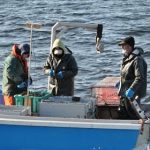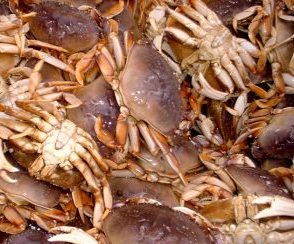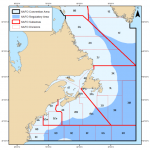Tag Archives: Wisconsin Department of Natural Resources
After a dramatic decline, lake trout have recovered in most of Lake Superior
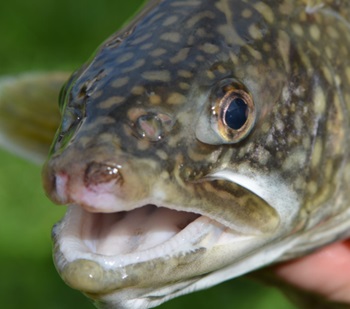 After decades of work, fishery managers say lake trout have fully recovered in most of Lake Superior after the invasive, fish-killing sea lamprey decimated their numbers. The Lake Superior Committee of the Great Lakes Fishery Commission, which is made up of state, tribal and Canadian natural resource managers, announced the population’s recovery Wednesday. The lake trout population in Lake Superior dropped to dramatically low levels during the mid-1900s due to overfishing and an invasion of sea lampreys, eel-like parasites that suck the blood of their hosts. The parasitic fish spread to the Great Lakes from the Atlantic Ocean, invading Lake Superior by 1938. more, >>CLICK TO READ<< 11:03
After decades of work, fishery managers say lake trout have fully recovered in most of Lake Superior after the invasive, fish-killing sea lamprey decimated their numbers. The Lake Superior Committee of the Great Lakes Fishery Commission, which is made up of state, tribal and Canadian natural resource managers, announced the population’s recovery Wednesday. The lake trout population in Lake Superior dropped to dramatically low levels during the mid-1900s due to overfishing and an invasion of sea lampreys, eel-like parasites that suck the blood of their hosts. The parasitic fish spread to the Great Lakes from the Atlantic Ocean, invading Lake Superior by 1938. more, >>CLICK TO READ<< 11:03
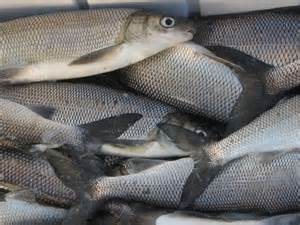
Inland Fisheries: DNR proposes a study on the effect of commercial gill nets on Lake Michigan
The Department of Natural Resources has proposed a study of the impacts of commercial gill netting on non-target sport fish such as chinook salmon and brown trout in the Wisconsin waters of Lake Michigan. Commercial fishers in Zone 3 have lobbied the agency for the ability to use large mesh gill nets to catch lake whitefish. The gear has been prohibited in the zone, which covers the Wisconsin waters of Lake Michigan south of Bailey’s Harbor, to prevent bycatch and mortality of sport fish as well as user conflicts. However, large mesh gill nets are allowed for commercial fishing in northern Lake Michigan and part of Green Bay. Commercial fishers have requested the same opportunity in Zone 3. click here to read the story 15:11
Possibly due to improving water quality a century later, Lake Michigan whitefish are turning up in Wisconsin rivers
 Marinette — The venerable Lake Michigan whitefish — a favorite of ice anglers and commercial fishermen — is turning up on inland waters where it hasn’t been seen in a century. Adult fish populations are leaving Green Bay and have been found in at least four rivers in northeast Wisconsin, possibly due to improving water quality of those rivers, says the Wisconsin Department of Natural Resources. more@jsonline 20:23
Marinette — The venerable Lake Michigan whitefish — a favorite of ice anglers and commercial fishermen — is turning up on inland waters where it hasn’t been seen in a century. Adult fish populations are leaving Green Bay and have been found in at least four rivers in northeast Wisconsin, possibly due to improving water quality of those rivers, says the Wisconsin Department of Natural Resources. more@jsonline 20:23



































